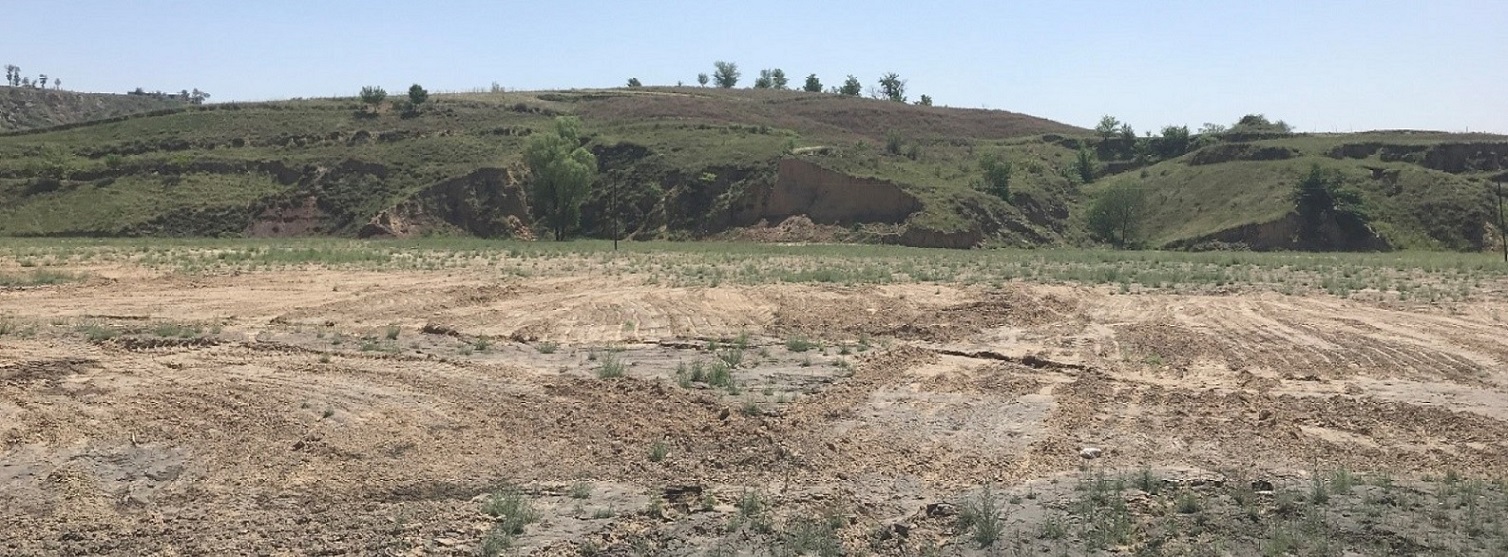By Yuanhai (Andy) Li

Surface cracks and slope failures caused by underground coal mining
PUBLICATION INFO
Author(s): Yuanhai (Andy) Li
Date: July, 2021
First Presented: SRK Insights
Type: Article
Asia is predominantly comprised of developing countries, including China, India, and other southeast Asian countries with high population density. Common environment, social and governance (ESG) issues associated with the mining industry in these countries include inconsistent regulatory enforcement, heavy metal pollution to water bodies, significant land disturbance, and resettlement problems. Mining companies are increasingly paying more attention to ESG, largely due to the ESG disclosure requirements of major stock exchanges, as well as lower hurdles to obtaining project financing from major international financial institutes with improved ESG performance. Mining companies now understand that their ESG strategy cannot be seen as a box-ticking exercise, and recognise that efforts to positively influence corporate governance may require additional expenditure.
There are a number of critical ESG issues relevant to the mining industry in Asia that should be considered by companies looking to improve their ESG performance. The following areas of concern should be considered a high priority.
Tailings dam safety status
Following the Brumadinho dam collapse in Brazil in 2019, international investors are demanding increased transparency around tailing storage facilities. This is the same for Asian-based investors. In addition to the demand for transparency, the expectations of ‘good industry practice’ have been elevated by initiatives, such as the Global Industry Standard for Tailings Management and Towards Sustainable Mining Tailings Management Protocol. These complement existing tailings standards to strengthen the governance and performance expectations of tailings facility operators, requiring zero harm to people and the environment, involving affected communities in decision making processes, and using management systems to manage and continually improve facility performance. The gap between good international industry practice and common practice in Asia is often wide. In particular, geotechnical hazards at operational, abandoned or closed dams are common. In this region, many tailings facilities are constructed using the ‘upstream method’ which can result in higher risks. Depending on the setting of the facility, a dam failure has the potential to cause property damage, pollution of water resources, and fatalities in the downstream area.
Emissions reduction or carbon neutrality
As defined by the world’s most widely used greenhouse gas accounting standards, the Greenhouse Gas Protocol, Scope 1 and 2 emissions of a mine site refer to direct emissions, such as the burning of fuel in haul trucks or other heavy machines, and indirect emissions from energy generated by third-parties, respectively. Scope 3 emissions are all other supply chain emissions, including greenhouse gases released when the commodities a miner extracts are used by their downstream customers. Scope 1 and 2 emissions are often relatively small for the mining industry compared to Scope 3. However, Scope 1 and 2 emissions still attract the most attention from investors and major stock exchanges. For example, the Hong Kong Stock Exchange requires compulsory disclosure of Scope 1 and 2 emissions but does not require disclosure of Scope 3 emissions.
Mining companies listed on major Asian stock exchanges are under pressure to set out feasible emission reduction targets and plans to achieve carbon neutrality, and increasingly questions are also being asked about Scope 3 emissions. Mining houses, particularly those in the steel supply chain, are beginning to act on investor expectations for Scope 3, such as the recent Memorandum of Understanding between BHP and China Baowu Steel Group to investigate low carbon steelmaking and carbon capture technologies.
Impact to local communities
The forced step-down of Rio Tinto’s CEO in 2020 after the destruction of two ancient Aboriginal heritage sites shows that ESG may be an issue bigger than multi-year high share price. Social issues are receiving scrutiny from both investors and regulators. In addition, the Equator Principles 2020 Version IV now explicitly references the United Nations Guiding Principles on Business and Human Rights, stating that human rights must be respected. It is important to note that local community issues are challenging in the Asia region, caused by high population density, long and complicated histories of conflict, diversified cultural backgrounds, and over-demand for shared water resources and land. A thorough and deep understanding of the local culture and obtaining free, prior, and informed consent from local indigenous people are critical for any mining activities.
Mine site post-closure land development
Given the high population density in Asia, successful mine closure or post-closure land development is essential to facilitate future development, such as when a city expands towards nearby abandoned or closed mine sites. Successful mine closure requires chemical stability (avoiding on-going heavy metals pollution caused by acid rock drainage), physical stability (removing geotechnical hazards) and social transitioning for employees and service providers dependent on the mining operation. However, to build warehouses, public parks, or industrial parks in the footprint area of mine closure – and therefore to significantly increase the value of the land – extra design and engineering work is required. In addition to the environmental regulations on mine closure, various host country building codes, geotechnical and foundation codes, civil engineering codes also need to be complied with. Therefore a full understanding of the technical requirements relevant to each jurisdiction and stakeholder consultation in each region are critical when beginning to think about post-closure land uses.
The Asian mining industry faces unique ESG challenges, particularly those related to dense population, alongside the pressure of economic recovery from the COVID-19 pandemic. Meanwhile, there is a growing focus on the mining sector’s ESG performance among the financial sector, making it increasingly critical for companies to recognise and manage ESG issues in line with internationally recognised standards.
No comments:
Post a Comment